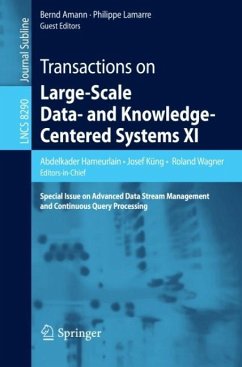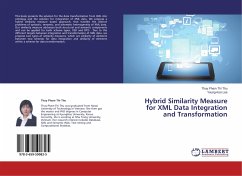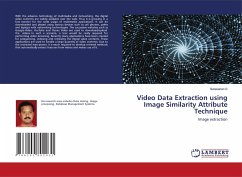
Similarity and Diversity: Two Sides of the Same Coin in Data Analysis
Versandkostenfrei!
Versandfertig in 6-10 Tagen
43,99 €
inkl. MwSt.

PAYBACK Punkte
22 °P sammeln!
The Information Systems represent the primary instrument of growth for the companies that operate in the so-called e-commerce environment. The data streams generated by the users that interact with their websites are the primary source to define the user behavioral models. Some main examples of services integrated in these websites are the Recommender Systems, where these models are exploited in order to generate recommendations of items of potential interest to users, the User Segmentation Systems, where the models are used to group the users on the basis of their preferences, and the Fraud D...
The Information Systems represent the primary instrument of growth for the companies that operate in the so-called e-commerce environment. The data streams generated by the users that interact with their websites are the primary source to define the user behavioral models. Some main examples of services integrated in these websites are the Recommender Systems, where these models are exploited in order to generate recommendations of items of potential interest to users, the User Segmentation Systems, where the models are used to group the users on the basis of their preferences, and the Fraud Detection Systems, where these models are exploited to determine the legitimacy of a financial transaction. Even though in literature diversity and similarity are considered as two sides of the same coin, almost all the approaches take into account them in a mutually exclusive manner, rather than jointly. The aim of this book is to demonstrate how the consideration of both sides of this coin is instead essential to overcome some problems that afflict the state-of-the-art approaches, improving their performance.












